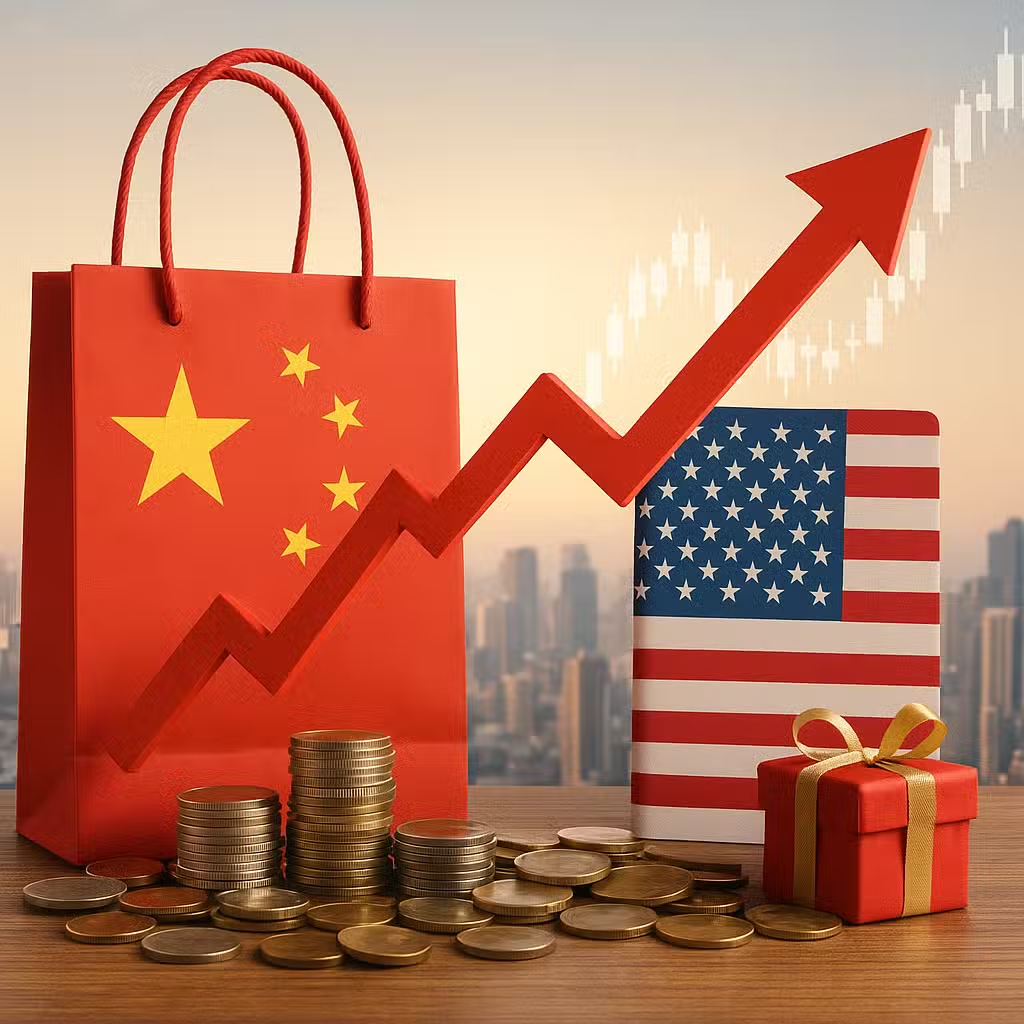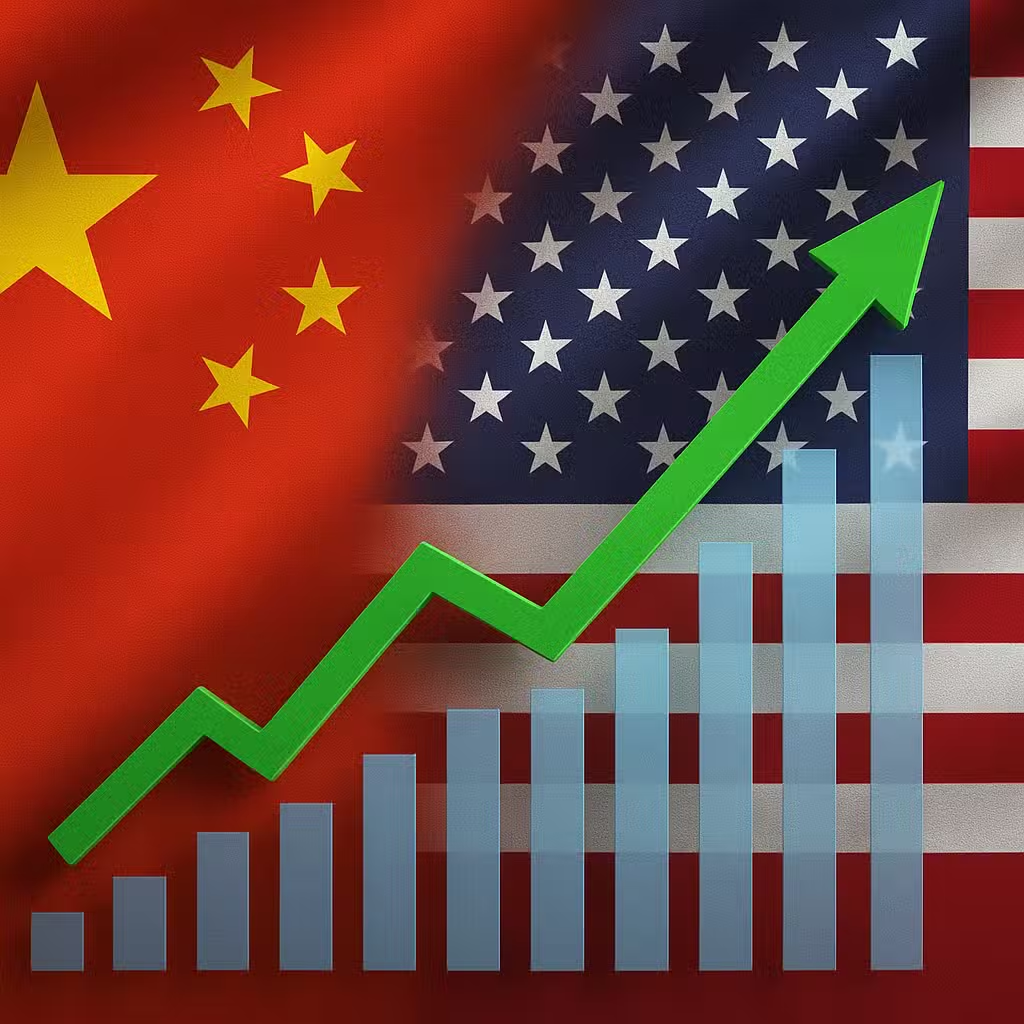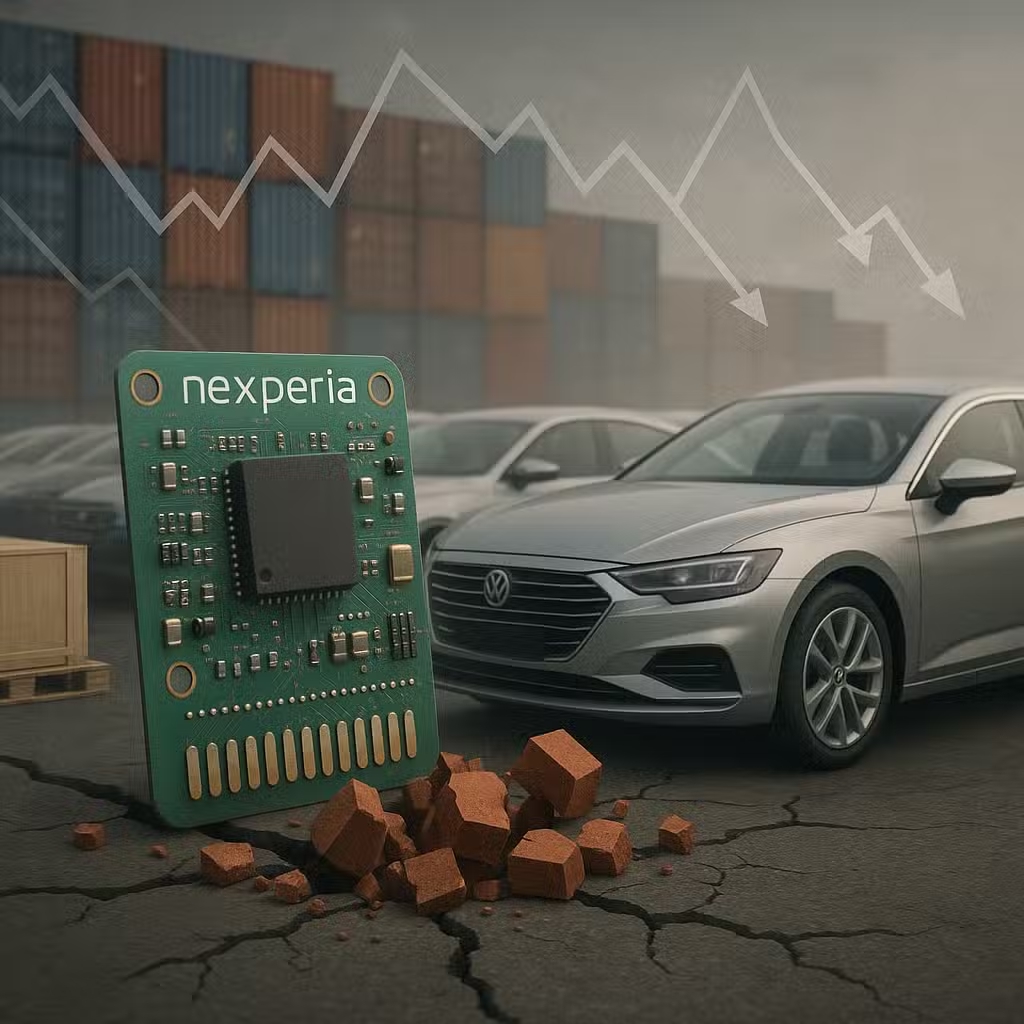Utility Stock’s Options Strategy Offers Investors Balanced Risk as AI Demand Grows
Imagine owning a lemonade stand that suddenly gets a line down the block because everyone in town is thirsty. That’s a bit like what’s happening with Vistra, a big U.S. power company, as electricity demand surges across the country.
What Is Vistra and Why Should Investors Care?
Vistra is one of America’s largest electric companies, serving about 5 million customers in 20 states and Washington, D.C. They make electricity from many sources—natural gas, nuclear, coal, solar, and batteries. Lately, Vistra has spent over $2 billion to move toward cleaner energy and big battery storage, making it a leader in the energy world’s shift to greener power.
Why does this matter for investors? Because electricity is more important than ever. With things like AI data centers and more people using electric cars and gadgets, experts think U.S. power needs could double by 2030. That’s a huge jump, and Vistra is in a strong spot to meet that demand.
Bull Case: Why Some Investors Are Excited
- Strong Growth: Vistra’s revenue in the last year was about $16.7 billion, and the stock is up around 50% this year.
- Clean Energy Advantage: Their nuclear power is especially valuable because it makes lots of electricity without carbon emissions.
- Smart Deals: Vistra bought Energy Harbor for $18.8 billion, adding even more nuclear power to its lineup.
- Solid Numbers: For 2025, Vistra expects to make $4.1–$4.5 billion in adjusted EBITDA (a measure of profit), with over $2 billion in free cash each year.
- Attractive Price: The stock trades at a price-to-earnings ratio (P/E) of 12, which is lower than many competitors.
According to the U.S. Energy Information Administration, the country’s total electricity demand is expected to keep rising, especially as more industries and homes switch to electric power (source).
Bear Case: What Could Go Wrong?
- High Stock Price: The stock has jumped a lot this year, so new buyers might be paying a premium.
- Volatile Options: Options markets expect big swings—Vistra’s implied volatility is over 50% for the next year, which means the stock could move up or down sharply.
- Market Risks: Electricity demand could slow if the economy struggles, or if new technology changes the game.
- Regulatory Changes: New rules or government policies could affect how much money Vistra makes from its power plants.
- Competition: Other companies are also rushing to build clean energy and batteries, so Vistra isn’t alone.
Options Strategy: A Risky, Long-Term Bet
Some investors are looking at special options trades. For example, a “call spread risk reversal” on Vistra lets you bet the stock will keep rising, but with less risk if it falls. In this case, if Vistra’s price goes up 24% in the next 16 months, you could make $50 per share. But if the stock drops sharply, your losses could be bigger—though you’d only start losing a lot if the stock fell more than 52%.
Vistra has shown it can handle tough times. Even in 2020, when COVID-19 hurt electricity demand, Vistra’s revenue only dropped 3.1% and it still made a profit. This history suggests the company is pretty stable, even with fast growth.
Investor Takeaway
- Vistra is riding a wave of rising electricity demand, especially from new tech like AI and electric vehicles.
- The company’s mix of clean energy and traditional power, plus smart deals, gives it a strong foundation.
- The stock is not cheap after a big run-up, so be careful about jumping in at high prices.
- If you use options, know that big moves are possible—both up and down. Only try complex trades if you understand the risks.
- Keep an eye on energy demand trends and government policies, as these could quickly change the outlook for power companies.
As always, do your homework and consider talking to a financial advisor before making big moves. For more on U.S. electricity trends, check out this EIA report.
For the full original report, see CNBC







